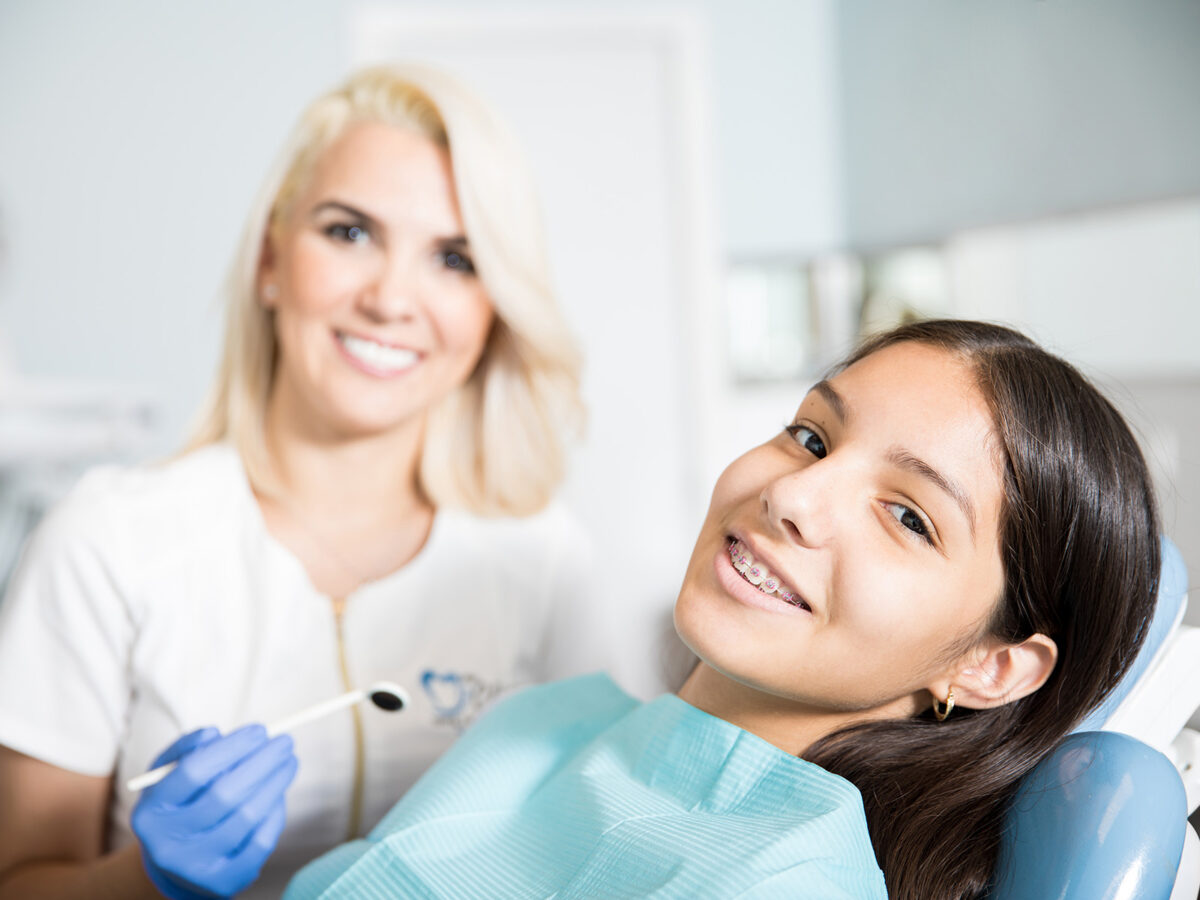Blog
Dental hygiene tips for healthy teeth & gums

Common Orthodontic Issues In Children
Orthodontics addresses irregularities in teeth and jaw alignment. Children, teenagers, and adults alike can significantly benefit from addressing the issues below to enhance their quality of life and bite function. Addressing these issues early can prevent speech impairment, jaw pain, chewing difficulties, and even more costly dental procedures.
This blog will enlighten you about orthodontic problems in kids and teenagers. Addressing these problems early can prevent expensive surgical treatments in the future.
Crossbite
Crossbite occurs when some bottom teeth sit in front of some top teeth when the mouth is closed. If the back teeth are in front of the top teeth, it’s termed a posterior or back crossbite. If the front teeth are the culprits, it’s referred to as an anterior or front crossbite. When a child has a crossbite, they often shift their jaw to one side to compensate, which can lead to permanent changes in their facial and bone structure, jaw joints, and teeth alignment.
Crowding
Teeth crowding arises when the jaw lacks space to accommodate all teeth. Teeth might overlap, twist, or become misaligned to create space as they emerge. Crowded teeth are harder to clean, increasing the risk of tooth decay and gum disease. Treatment for crowded teeth using braces or Invisalign can yield excellent results during the teenage years.
Open Bite
An open bite is precisely as it sounds. The upper and lower teeth don’t meet when the mouth is closed, leaving a gap between the upper and lower jaw. An open bite can hinder children from chewing food properly and may also lead to speech problems.
Overbite
An overbite or deep bite occurs when the upper teeth sit too far forward relative to the lower teeth. While most people have some degree of an overbite, a significant gap can lead to jaw pain, chewing difficulties, irregular wear, and increased vulnerability of the front teeth to injury.
Underbite
An underbite is when the lower teeth sit in front of the upper teeth when the mouth is closed. This condition is often skeletal in nature, and early detection is crucial to avoid corrective jaw surgery and extensive treatment in adulthood. If left untreated, an underbite can lead to chewing problems, uneven wear, jaw pain, and facial imbalance.
Protruding Front Teeth
When a child’s front teeth protrude or stick out, they are more susceptible to injury. In cases of significant protrusion, interceptive orthodontic treatment can help reposition the teeth, ensuring their safety.
Spacing
Spacing, or gapped teeth, occurs when teeth don’t occupy all the available space in the jaw, resulting in gaps between one or more teeth. These spaces can increase the risk of tooth decay, gum disease, and deterioration of the bones supporting the teeth.
Final Overview
Orthodontic problems arise from misalignments between sets of jaws or teeth, termed malocclusions. Untreated malocclusions can lead to speech difficulties, enamel wear, and permanent damage to teeth and jaw joints.
Orthodontic issues can manifest from a young age, as soon as a child’s permanent teeth start to emerge. Early diagnosis and intervention can shield your child from discomfort and complex dental problems in adulthood. It’s advisable to visit a pediatric dentist to promptly identify and address such conditions.
